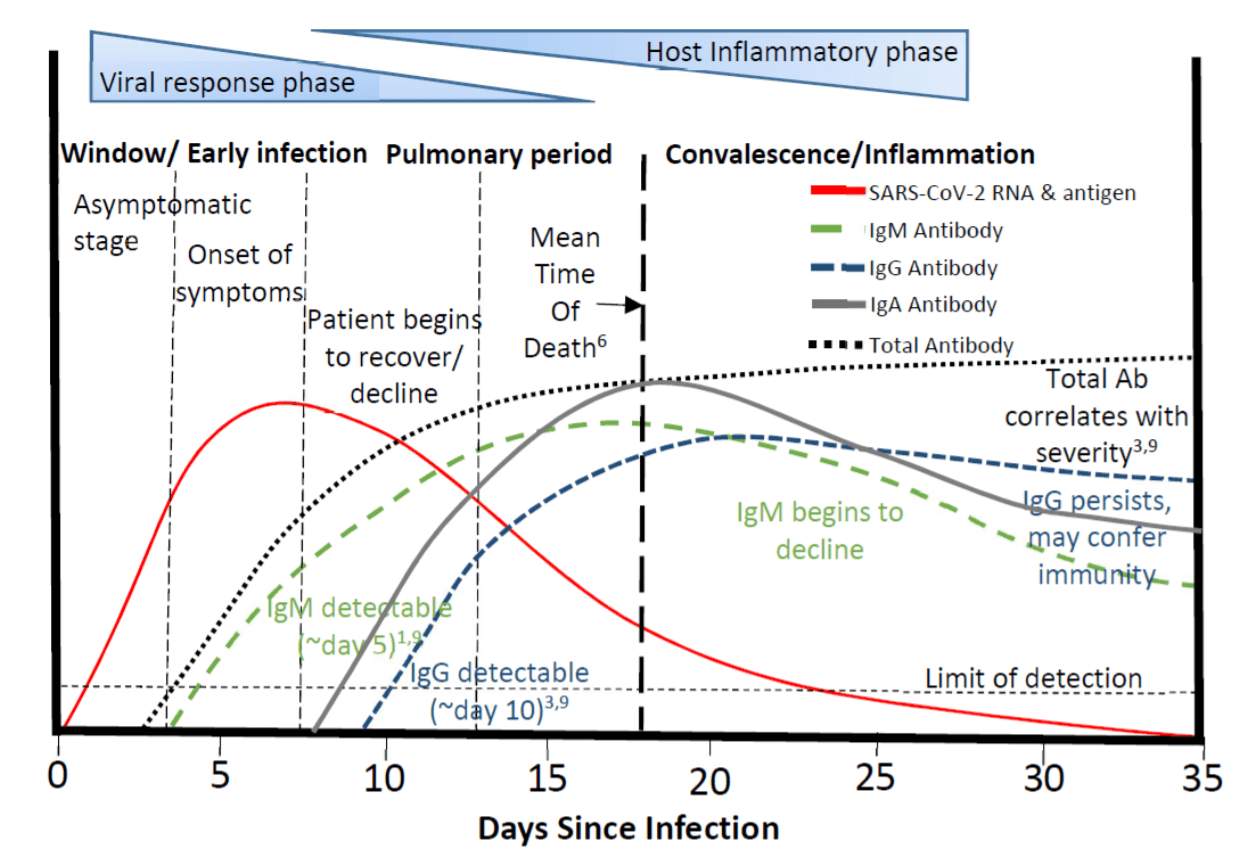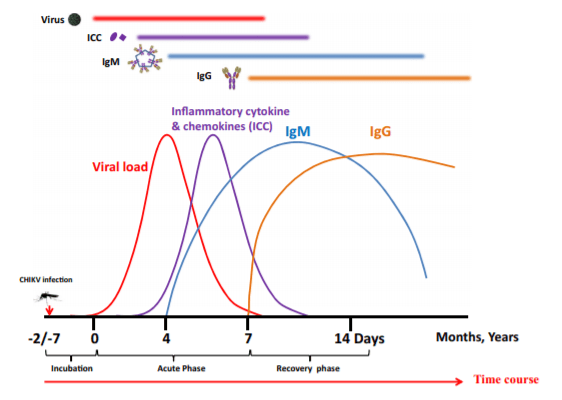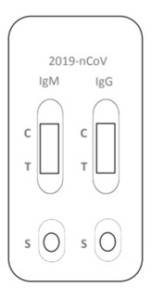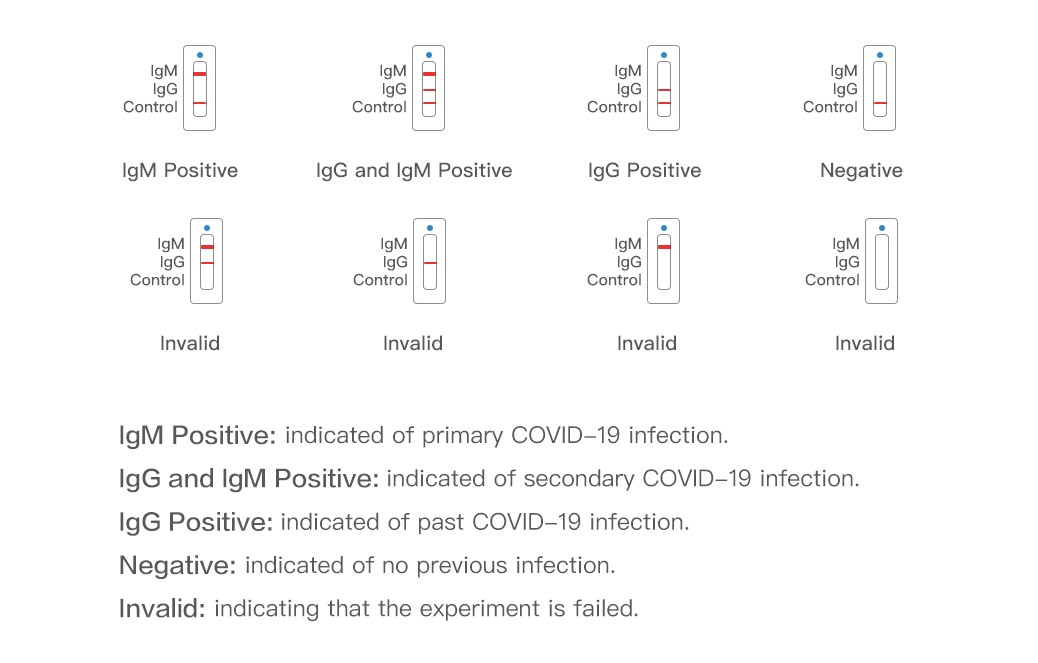Diagnostic tests that examine samples taken from the human body, such as urine, mucus from the nose or back of the throat, and blood from a vein or finger prick, outside the body are called in vitro diagnostics (IVD = In Vitro Diagnostic Devices). .
IVDs can detect diseases or other conditions and are used to monitor a person's overall health and to help cure, treat or prevent diseases. There are 3 different types of SARS-CoV-2 and COVID-19 related IVDs:
1. Diagnostic test (laboratory or rapid test)
2. Serological test (laboratory or rapid test)
3. Additional or treatment supportive test (laboratory or rapid test)
The molecular test (PCR) and the antigen test (Ag antigen) are among the diagnostic tests. These are tests that detect the genetic material and specific proteins of the SARS-CoV-2 virus. These tests are used in the first phase to diagnose an infection with the SARS-CoV-2 virus.
The diagnostic test for SARS-CoV-2 aims to identify the current infection in individuals and is performed when a person has signs or symptoms consistent with COVID-19, or when a person has an asymptomatic external picture, but has recently known or suspected exposure to SARS-CoV-2.
The antibody/antibody test is a test that detects the antibodies (IgM and IgG) against the SARS-CoV-2 virus. This test analyzes the immune response. This test cannot be used in every situation to diagnose a current infection, although a positive IgM result often coincides with a positive result on a diagnostic test. It is therefore wise to discuss the choice of a test with a healthcare professional.
In addition to tests that diagnose or detect the SARS-CoV-2 virus or the antibodies, there are also tests that are allowed for use in the treatment of patients with COVID-19, such as detecting biomarkers associated with inflammation (e. CRP). Once patients with COVID-19 are diagnosed, an additional test can be used to make decisions about the patient's treatment.
Below you see 2 graphs. This indicates which test has the highest measurement score in which phase. For more information about choosing the right test, please call our healthcare professionals.


COVID-19 IgG/IgM Rapid Test is a rapid chromatographic immunoassay for the qualitative IgG and IgM antibodies to COVID-19 in human whole blood, serum or plasma. Used as an aid in the diagnosis of primary and secondary COVID-19 infections.
The test strip consists of a sample pad and a chromatographic membrane (the detection area is coated with an anti-human IgM monoclonal antibody and a mouse anti-human IgG monoclonal antibody and a goat anti-mouse IgG antibody), a colloidal gold binding pad (coated with colloidal gold-labeled recombinant novel coronavirus (COVID-19) antigen and mouse IgG antibody), liner and absorbent pad.

| IgM POSITIVE: Two colored lines appear. One colored line should always appear in the control line region (C) and the other line should be in the IgM line region. |
| IgG POSITIVE: Two colored lines appear. One colored line should always appear in the control line region (C) and the other line should be in the IgG line region. |
| IgM and IgG POSITIVE: Three colored lines appear. A colored line should always appear in the control line region (C) and two test lines should be in the IgM line region and the IgG line region. |
| NEGATIVE: A colored line appears in the control line area (C). No line appears in the IgM region and the IgG region. |
| INVALID: Control line does not appear. Insufficient sample volume or incorrect procedural techniques are the most likely reasons for control line failure. The procedure is checked with a new test repeated. |
NOTE: The intensity of the color in the IgM and IgG test line regions may vary. Any shade of color in the test line area is considered positive.



